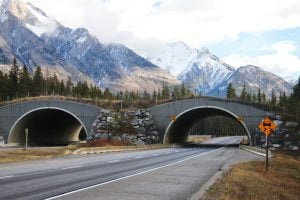When it comes to cows, two heads are better than one.
Scientists at the University of British Columbia’s Animal Welfare Program have discovered that when raised in twos, calves grow up more adept to change in technological advances on a farm.
The study found that cows were more likely to learn new techniques and adjust to new items in their pens faster if they were together.
Not only is housing calves together beneficial, it’s actually detrimental to their mental well being if they aren’t. The study suggests learning difficulties are more prevalent when calves are alone.
Becky Meagher, a UBC post-doctoral research fellow, says they tested the animals by putting a red bucket the cows had never seen before into their pens to see if they would become accustomed to it. “Usually, animals start to recognize that they’ve seen something before and spend less time investigating it,” she says. “The pair-housed calves did this, but the individually-housed ones kept investigating the bucket even after they had seen it multiple times.”
Another test researchers ran helped determine the flexibility of the cows’ minds. They put the cows in a Y-shaped maze, with a black bottle filled with milk on one side and a white bottle with no milk on the other. Once the cows learned the system, the task was reversed, with the white bottle containing the milk. “The individually-raised calves went to the black bottle more times before learning the new rule,” Meagher says.
Daniel Weary, an associate dean at UBC and a professor in the Animal Welfare Program, says the reason calves are often housed individually in the first place is to reduce the transfer of disease between individuals. But as cows are social animals, he says this practice often draws criticism to the dairy industry.
“When you have animals in one simple, static environment, anything that’s new is a big deal,” Weary says. “There’s hyperactive response to any kind of novelty.” He says this response is mixed with fear, which can impede a cow’s ability to process new information.
When calves are kept in pairs during early developmental stages, Weary says it’s more likely a complexity will develop than if they’re left on their own.
“The most radical change you can have to increase the complexity of the environment is adding another individual,” Weary says.




